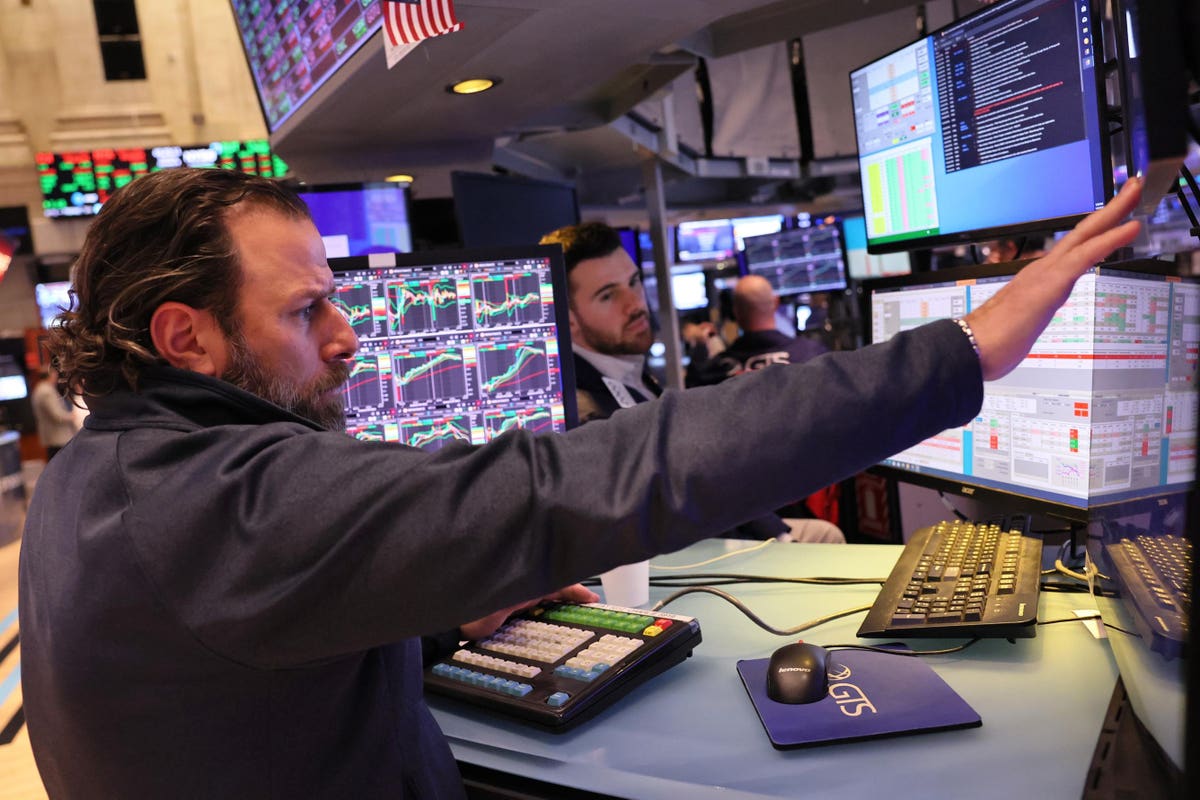The New York Federal Reserve model gives a two in three chance of a recession by July 2024. That’s the highest estimate since the early 1980s, when a recession hit, and recessions have followed far lower levels of yield curve inversion.
The model has a robust track record in calling recessions The Federal Reserve too suspects that economic growth may need to cool, in order to bring down annual inflation to their 2% goal, though recent CPI data has seen inflation cooling. The Fed’s own economists suspect that a recession could be near. However there is hope that a so-called “soft landing” is possible. That said, the S&P 500 has rallied so far in 2023, shrugging off recession fears.
Other Recession Indicators
Aside from the yield curve and the stock market itself, there are plenty of other recession indicators available. Despite this host of metrics, calling recessions accurately is challenging.
The U.S. Conference Board’s Economic Leading Indicators is declining, potentially giving another recession signal. That said, the leading indicators do include the yield curve and stock market as inputs.
Economist, Claudia Sahm, looks for a near-term increase in the unemployment rate as a clearer signal that a recession is imminent. We haven’t seen that. Unemployment has remained at low levels in 2023 despite some monthly volatility. Still, in a just a few months it’s possible that the picture changes. For example, jobless claims appear to be moving up, although it’s a volatile series.
Fed Actions
Often the Fed raising rates can prompt a recession. Though the Fed have increased interest rates relatively dramatically since 2022, rates may stay higher for longer on the Fed and markets’ current assessment. Short-term interest rates are over 5% currently and could remain around 4% even at the end of 2024 according to the latest implied forecast of the bond market. High short-term interest rates could mean that the yield curve remains inverted for some time. If that happens, then the recession debate too, may go on for many more months.
Read the full article here


